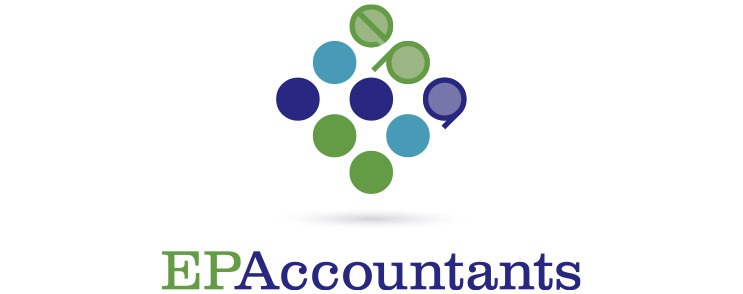There are two types of National Insurance contributions (NICs) payable by most self-employed people. These are known as Class 2 NICs and Class 4 NICs.
Class 2 NICs are paid by all self-employed taxpayers unless they earn under the Small Profits Threshold (SPT), currently £6,725, which remove the necessity to pay NICs. Class 2 NICs are currently payable at a flat weekly rate of £3.45 for the 2023-24 tax year. Class 2 NICs count towards payments such as the basic State Pension, the employment and support allowance, maternity allowance and bereavement benefits.
In addition, most self-employed people are also required to pay Class 4 NICs. The self-employed are required to pay Class 4 NICs (as well as to Class 2 NICs) if their profits are £12,570 or more a year. Class 4 NIC rates for the tax year 2023-24 are 9% for chargeable profits between £12,570 and £50,270 plus 2% on any profits over £50,270.
There is also a specific list of jobs where class 2 NICs are not payable. These are:
- examiners, moderators, invigilators and people who set exam questions;
- people who run businesses involving land or property;
- ministers of religion who do not receive a salary or stipend; and
- people who make investments for themselves or others – but not as a business and without getting a fee or commission.
If you fall within any of these categories, it may be beneficial to get a State Pension forecast and examine whether to make voluntary Class 2 NICs to make up missing years.



